Introduction: Overview of New Mexico State Bird

The roadrunner (Geococcyx californianus), New Mexico’s state bird, holds a special place in the state’s wildlife and cultural heritage. Designated in 1949, it represents the essence of New Mexico’s unique identity.
Name and Scientific Classification
Scientifically known as Geococcyx californianus, the roadrunner is a medium-sized bird known for its distinctive appearance and fascinating behaviors.
Symbolic Significance
Beyond being a species found in New Mexico, the roadrunner embodies the state’s diverse and captivating wildlife. Its selection as the state bird highlights its cultural and ecological significance.
Physical Appearance
With a shaggy crest, long tail, and slender body, the roadrunner possesses a striking appearance. Its plumage, predominantly brown and white, provides excellent camouflage in arid landscapes.
Habitat and Range
Roadrunners inhabit the southwestern United States, including New Mexico, thriving in deserts, scrublands, and open woodlands.
Behaviors and Adaptations
Known for remarkable speed and agility, roadrunners can run up to 20 miles per hour (32 kilometers per hour) and catch prey such as insects, reptiles, birds, and rodents. They prefer spending time on the ground, utilizing their running and hopping abilities.
Cultural Significance
The roadrunner holds cultural significance in New Mexico, becoming an iconic symbol of the state’s spirit and resilience.
In the following sections, we will delve into the history of how the New Mexico state bird was selected, explore the roadrunner‘s unique features and behaviors, examine its habitat requirements, discuss threats it faces, and explore conservation efforts. Join us on this journey to unravel the fascinating world of the New Mexico state bird, the roadrunner.
History: How the New Mexico State Bird Was Selected

In 1949, the New Mexico Federation of Women’s Clubs initiated the selection of the state bird. They organized a comprehensive voting campaign involving communities, backgrounds, and age groups to gauge public opinion.
The roadrunner emerged as the popular choice due to its unique appearance, behavior, and association with New Mexico’s desert landscapes. The bird symbolized the spirit of the southwestern United States and its wildlife.
Recognizing the roadrunner’s cultural significance, the New Mexico Legislature officially designated it as the state bird in 1949. Since then, it has remained a cherished symbol of the state’s natural heritage.
The roadrunner’s selection reflects New Mexico’s commitment to conservation and appreciation of its unique wildlife. By embracing the roadrunner as a representative of their state, New Mexicans honor and preserve the natural treasures that make New Mexico remarkable.
Description of the New Mexico State Bird
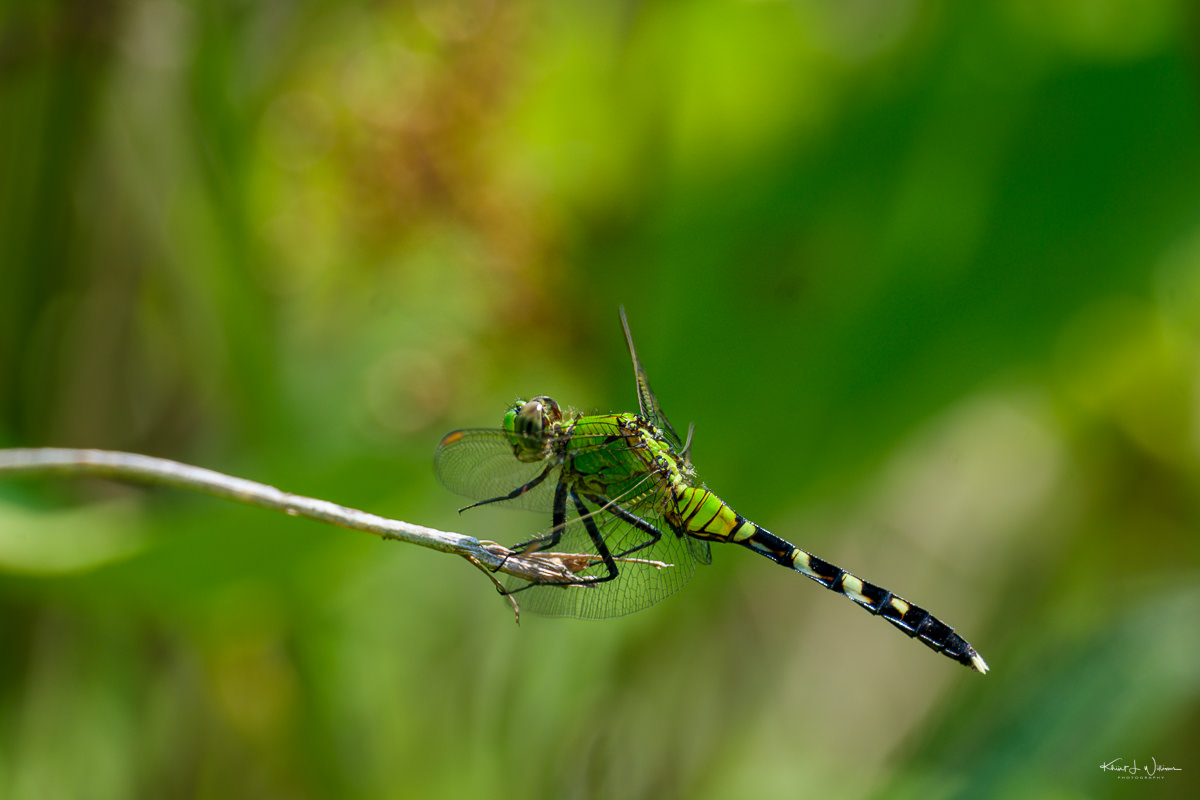
The Greater Roadrunner (Geococcyx californianus) is the official state bird of New Mexico. Measuring 20-24 inches in length, it boasts a distinctive appearance and captivating behaviors.
Appearance
The Greater Roadrunner has a long, slender body and a bushy crest on its head. Its plumage is a blend of mottled brown and white, with striking streaks of black and white on its back. Its long tail features broad black and white bands near the tip.
Habitat
Thriving in arid and desert regions, the Greater Roadrunner can be found in desert scrublands, grasslands, and arid lowlands. It has also adapted to urban environments, often seen in parks and golf courses.
Behavior
Known for impressive running abilities, the Greater Roadrunner can reach speeds of up to 20 miles per hour on the ground. It prefers running to flying, using its wings for balance while on the move.
Vocalization
The Greater Roadrunner produces a variety of vocalizations, including cooing sounds, for communication with mates, establishing territory, and warning of threats.
The Greater Roadrunner’s unique appearance, preference for arid habitats, agile running abilities, and distinct vocalizations make it an emblematic representative of New Mexico’s avian biodiversity. In subsequent sections, we will delve deeper into its habitat, behavior, threats, and conservation efforts. Stay tuned to discover more about the captivating world of the Greater Roadrunner.
Habitat of the New Mexico State Bird
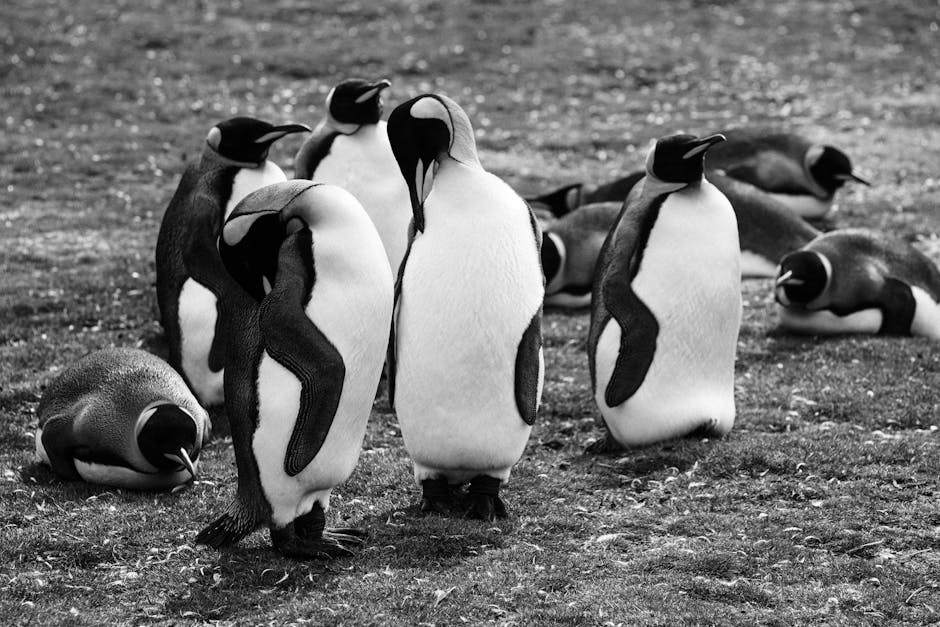
The Greater Roadrunner, New Mexico’s state bird, is a fascinating and adaptable species that can be found in various habitats within the southwestern United States.
Desert Scrublands
The roadrunner thrives in desert scrublands characterized by sparse vegetation and arid conditions. These habitats provide ample opportunities for hunting and foraging due to the open spaces and easy access to prey. The roadrunner’s swift navigation abilities make it well-suited for this terrain.
Arid Grasslands
Arid grasslands also serve as suitable habitats for the roadrunner. These areas feature low-growing grasses and a lack of dense vegetation, creating an ideal environment for hunting and foraging. The open nature of arid grasslands allows the bird to spot potential prey from a distance and utilize its remarkable running speed.
Open Woodlands
In addition to desert habitats, the roadrunner occupies open woodlands within its range. These habitats offer a mix of trees, shrubs, and rocky outcrops, providing suitable nesting sites and shelter. The roadrunner constructs its nests using sticks and twigs, utilizing low trees, shrubs, or cacti. The presence of cliffs further enhances nesting opportunities.
Urban and Rural Areas
The adaptability of the roadrunner is evident in its ability to thrive in both urban and rural areas. It can be found in suburban neighborhoods, parks, and gardens, utilizing man-made structures for perching and nesting. The roadrunner’s resilience and flexibility make it a common sight even in areas heavily influenced by human activities.
The roadrunner’s habitat selection is influenced by its need for open spaces, sparse vegetation, and access to prey. It has successfully adapted to various habitats, ranging from desert scrublands and arid grasslands to open woodlands and urban environments. The bird’s ability to navigate and survive in these diverse habitats contributes to its prominence as the state bird of New Mexico.
Description of the New Mexico State Bird

The Greater Roadrunner (Geococcyx californianus) is the official state bird of New Mexico. This ground-dwelling bird belongs to the cuckoo family and is renowned for its distinctive appearance and behavior.
Measuring approximately 20-24 inches in length, the Greater Roadrunner possesses a slim, curved body with a long tail and robust legs. Its plumage is predominantly brown and white, with a shaggy crest adorning its head and a streaked pattern on its back. These physical characteristics contribute to its unique charm and make it easily recognizable.
Behavior of the New Mexico State Bird
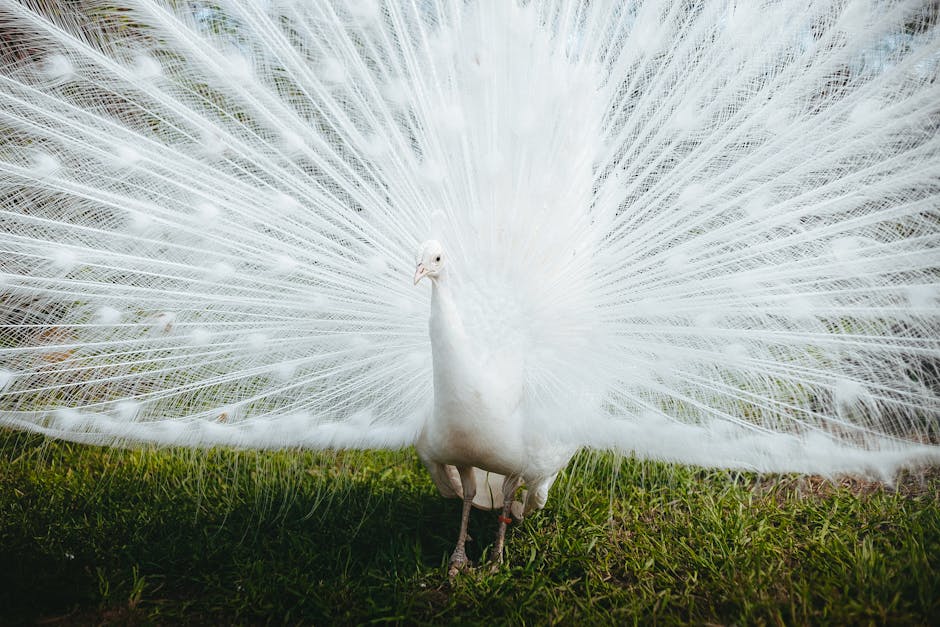
The Greater Roadrunner exhibits fascinating behaviors that have captured the attention of nature enthusiasts and researchers alike.
Remarkable Speed and Hunting Technique
One of its most striking abilities is its remarkable speed, reaching up to 20 miles per hour. This enables the roadrunner to chase down prey on foot, utilizing its wings and tail for balance and swift changes in direction.
Diverse Diet
As an opportunistic predator, the roadrunner has a diverse diet. It primarily feeds on insects such as grasshoppers, beetles, and spiders. Additionally, it preys on small reptiles, rodents, and occasionally small birds. Its hunting technique, known as “rushing,” involves pursuing and capturing prey while on the move, showcasing its agility and adaptability.
Courtship and Nesting Behaviors
The Greater Roadrunner is a monogamous species, forming long-term pair bonds with its mate. Courtship behaviors include vocalizations and mutual feeding displays. Once a pair has formed, they work together to construct their nest. Typically built in low shrubs or cacti, the nest is made of sticks, leaves, and other plant materials. Both parents take turns incubating the eggs.
Threats and Conservation of the New Mexico State Bird
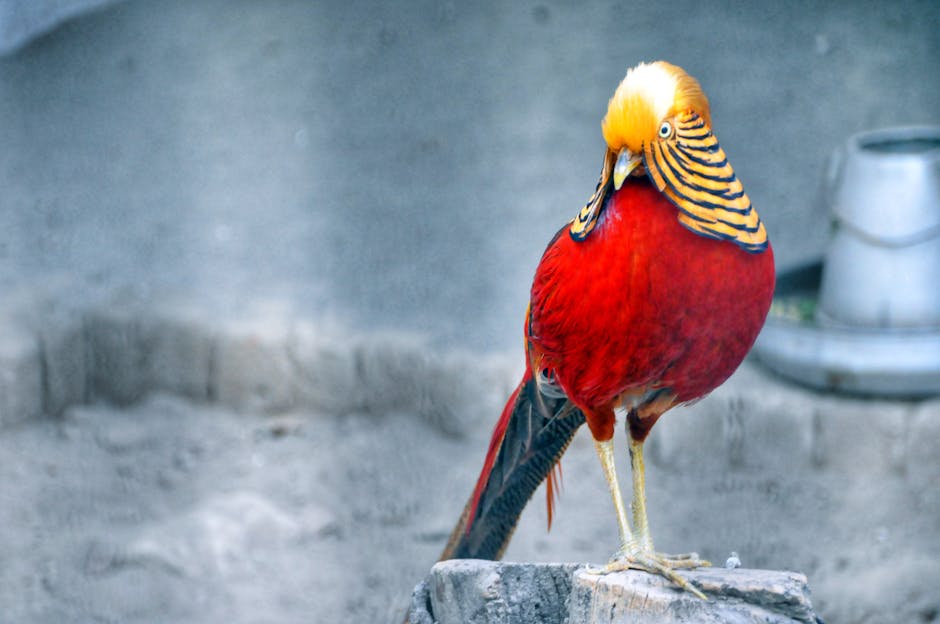
The Greater Roadrunner, like many wildlife species, faces various threats to its survival.
Habitat Loss and Fragmentation
Habitat loss and fragmentation caused by urbanization, agriculture, and infrastructure development pose significant challenges for roadrunners. Diminishing natural habitats make it difficult for them to find suitable foraging areas and nesting sites.
Road Mortality
Road mortality is another threat to the Greater Roadrunner. Foraging near roads increases the risk of collisions with vehicles. The bird’s quick movements while darting across roads make it vulnerable to accidents, leading to injuries or fatalities.
To address these threats and ensure conservation, several initiatives are in place.
Habitat Preservation
Habitat preservation efforts aim to protect and restore the bird’s natural habitats, including desert scrublands and grasslands. Conservation organizations work with landowners, policymakers, and communities to implement sustainable land-use practices benefiting both roadrunners and human activities.
Public Awareness Campaigns
Public awareness campaigns play a crucial role in educating the public about the importance of preserving the Greater Roadrunner and its habitat. Responsible driving near roadrunner habitats is emphasized, and individuals are encouraged to report roadkill incidents to local authorities or conservation organizations.
Research and Monitoring
Research and monitoring programs provide valuable insights into the population dynamics, behavior, and ecological needs of the Greater Roadrunner. These studies contribute to the development of effective conservation strategies and inform decision-making processes.
By addressing threats and implementing conservation measures, the future of the Greater Roadrunner can be safeguarded, ensuring its presence in the diverse landscapes of New Mexico for generations to come.
Conclusion
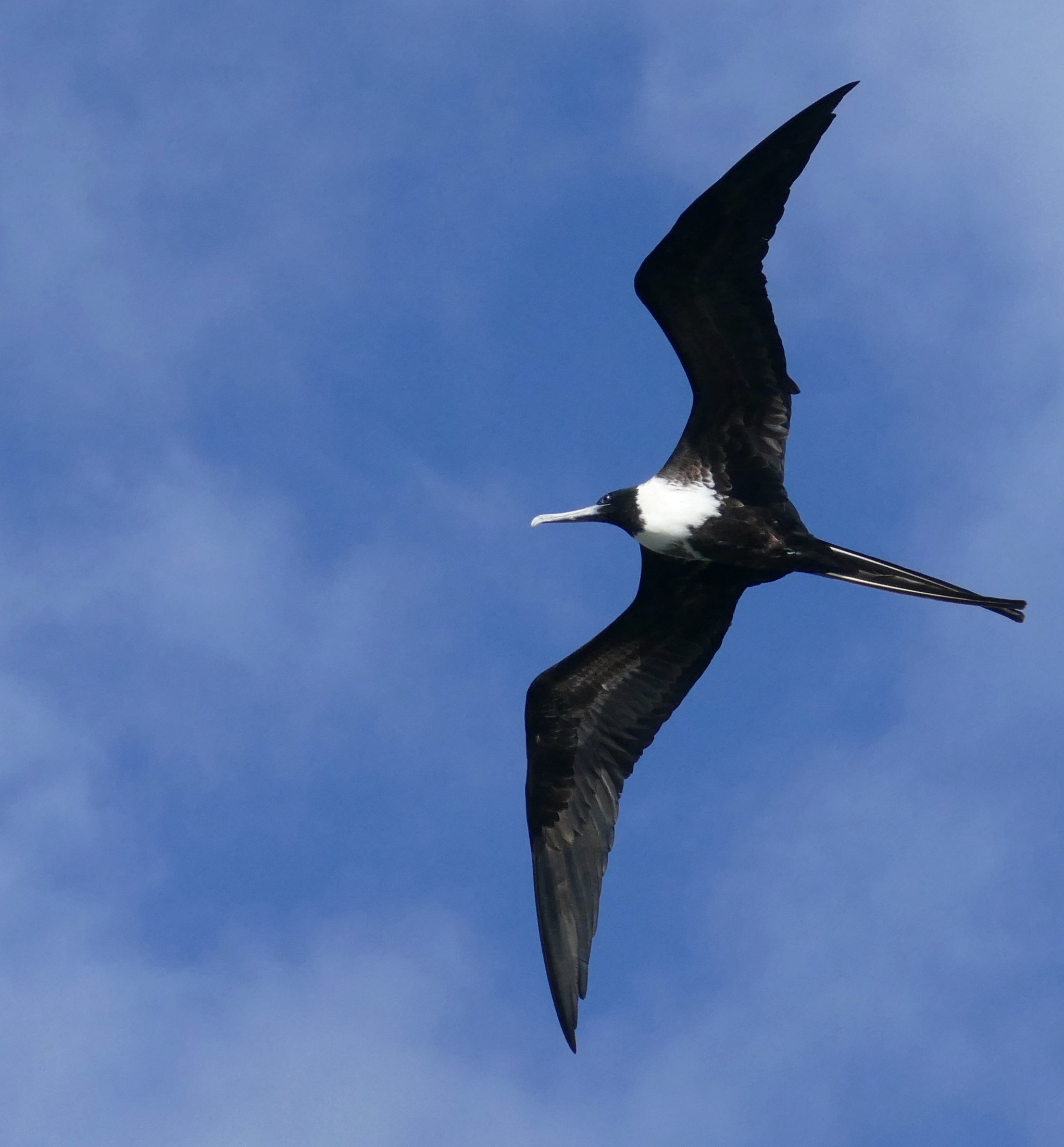

In conclusion, the Greater Roadrunner serves as the proud state bird of New Mexico, captivating both residents and visitors with its unique characteristics. This ground-dwelling bird, with its distinctive appearance and behaviors, has adapted remarkably to the arid environments of the state. From its remarkable speed and agile hunting techniques to its monogamous mating habits and nesting behaviors, the Greater Roadrunner exemplifies the resilience and beauty of New Mexico’s natural heritage.
However, the roadrunner faces challenges such as habitat loss, road mortality, and other anthropogenic factors. Conservation efforts and public awareness campaigns are essential in protecting this iconic bird and preserving its habitats. By working together to conserve and appreciate the Greater Roadrunner, we can ensure a thriving future for this beloved species in the arid landscapes of New Mexico.
Description of the Greater Roadrunner

The Greater Roadrunner (Geococcyx californianus) is the official state bird of New Mexico, known for its unique appearance and fascinating behaviors. With a body length of around 20 inches, this medium-sized bird has a slender build, long tail, and mottled brown and white plumage. Its head and neck feature streaks of black and blue hues, while a distinctive crest adds to its charm.
The Greater Roadrunner’s long, curved beak is adapted for capturing a diverse range of prey, including insects, small reptiles, rodents, birds, and fruits. It employs various hunting techniques such as stealth, pursuit, and opportunistic feeding.
Habitat of the Greater Roadrunner
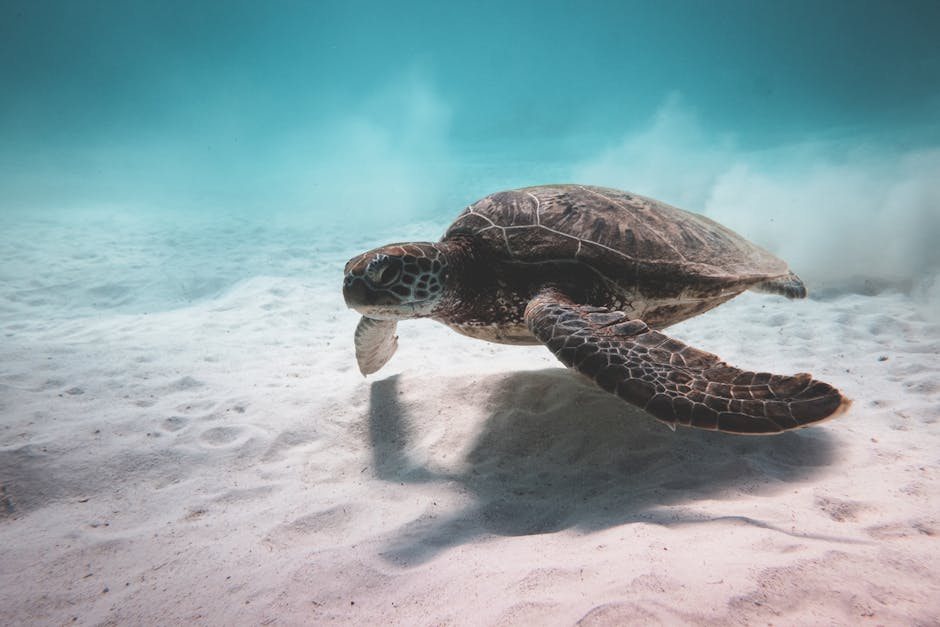
The Greater Roadrunner thrives in the arid and semi-arid regions of New Mexico, particularly in desert scrublands, open grasslands, and thorny shrub habitats. It is well-adapted to harsh environments, withstanding high temperatures and limited water availability.
Within its habitat, the Greater Roadrunner seeks out areas with ample cover, such as dense vegetation, rocks, and cacti. It also utilizes man-made structures like fences and buildings for nesting and roosting.
Behavior of the Greater Roadrunner
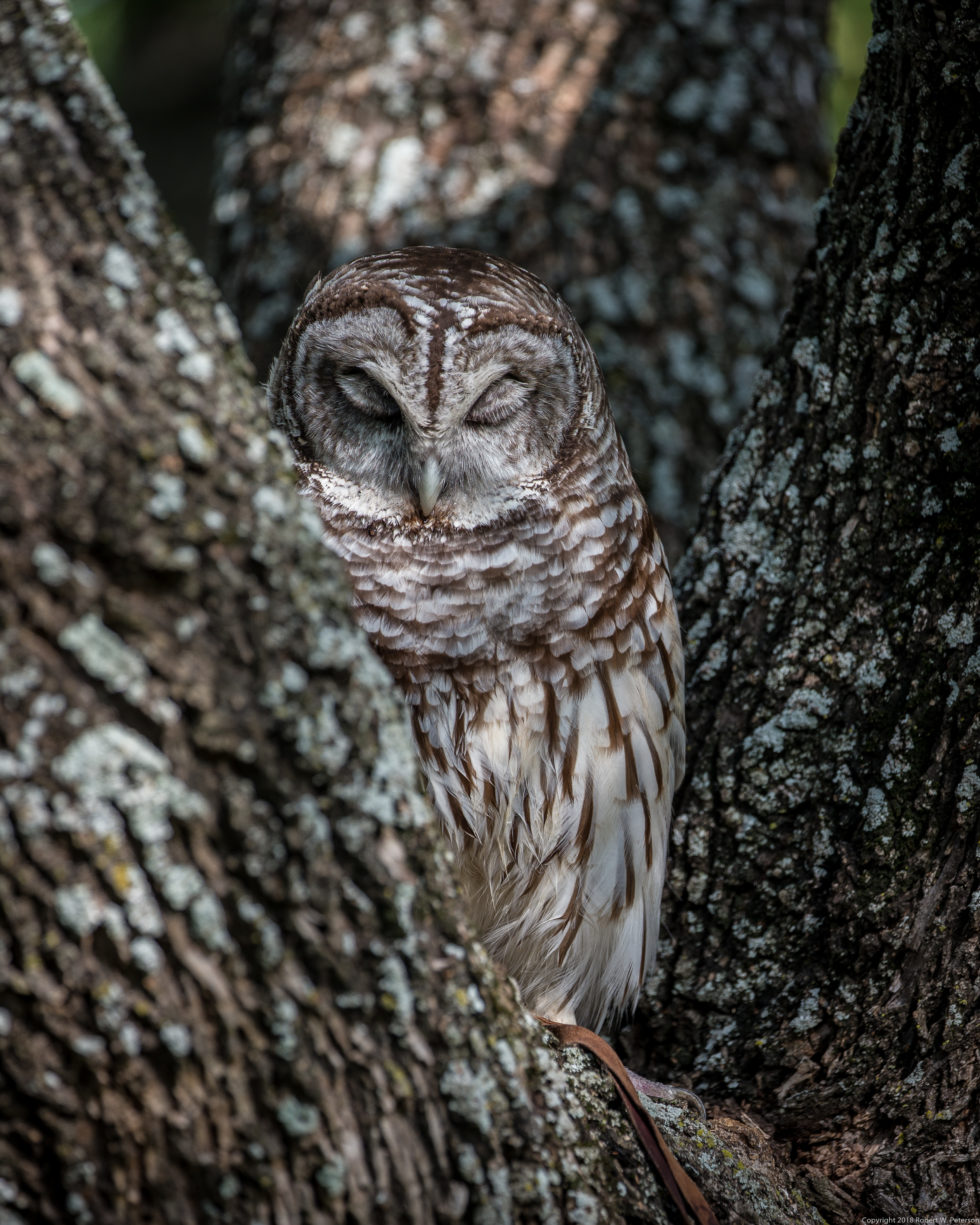
The Greater Roadrunner exhibits fascinating behaviors that contribute to its survival and unique identity. It is highly territorial, defending its territory through displays of dominance and vocalizations. Its call, a distinctive series of cooing and clattering sounds, echoes across the desert landscape.
One of the most captivating behaviors of the Greater Roadrunner is its remarkable running ability. It can reach speeds of up to 20 miles per hour, using its long legs and agile movements to chase down prey or evade threats. This swift running behavior has earned it the well-known name of “roadrunner.”
The Greater Roadrunner is monogamous, forming long-term pair bonds. Both parents work together to build a nest using twigs, grass, and feathers. The female lays a clutch of eggs, and both parents participate in incubation and raising the young.
Threats and Conservation of the Greater Roadrunner

The Greater Roadrunner faces several threats to its survival, including habitat loss, climate change, predation, and road mortality. These challenges require targeted conservation efforts to ensure the bird’s long-term survival.
Habitat Loss
Urbanization, agriculture, and infrastructure development result in the destruction and fragmentation of the Greater Roadrunner’s natural habitat. This disrupts its nesting and foraging areas, reducing its reproductive success and population size.
Climate Change
Rising temperatures, altered precipitation patterns, and extreme weather events impact the availability of the bird’s food sources, breeding success, and overall survival. Changes in vegetation patterns and water availability further exacerbate the challenges it faces.
Predation and Competition
Predators such as domestic animals, raptors, and snakes take advantage of the Greater Roadrunner’s ground-dwelling nature and its reliance on running as a primary defense mechanism. Competition for resources with other bird species also poses challenges for its survival.
Road Mortality
The Greater Roadrunner’s swift running behavior puts it at risk of collisions with vehicles, leading to road mortality. Roadways that intersect or pass through its habitat act as barriers and increase the likelihood of such incidents.
To conserve the Greater Roadrunner, various strategies are being implemented.
Protected Areas
The establishment and management of protected areas, such as national parks and wildlife refuges, play a crucial role in preserving the bird’s habitat and resources.
Habitat Restoration
Efforts to restore and rehabilitate degraded habitats focus on enhancing vegetation cover, controlling invasive species, and creating suitable conditions for the bird’s survival and reproduction.
Education and Awareness
Raising awareness among local communities, landowners, and policymakers about the importance of conserving the Greater Roadrunner fosters a sense of stewardship and encourages conservation actions.
By addressing these threats and implementing effective conservation strategies, we can ensure the survival and well-being of the Greater Roadrunner, preserving its place as a cherished symbol of New Mexico’s natural heritage.
Conclusion
The Greater Roadrunner, New Mexico’s official state bird, captivates with its mottled plumage, distinctive crest, and impressive running abilities. While facing threats such as habitat loss, climate change, predation, and road mortality, the conservation efforts focused on protecting its habitat and raising awareness about its importance are crucial for its future.
By valuing and safeguarding the Greater Roadrunner, we not only protect a unique bird species but also contribute to the preservation of New Mexico’s rich biodiversity and natural heritage for generations to come.
Conclusion: The Iconic Greater Roadrunner
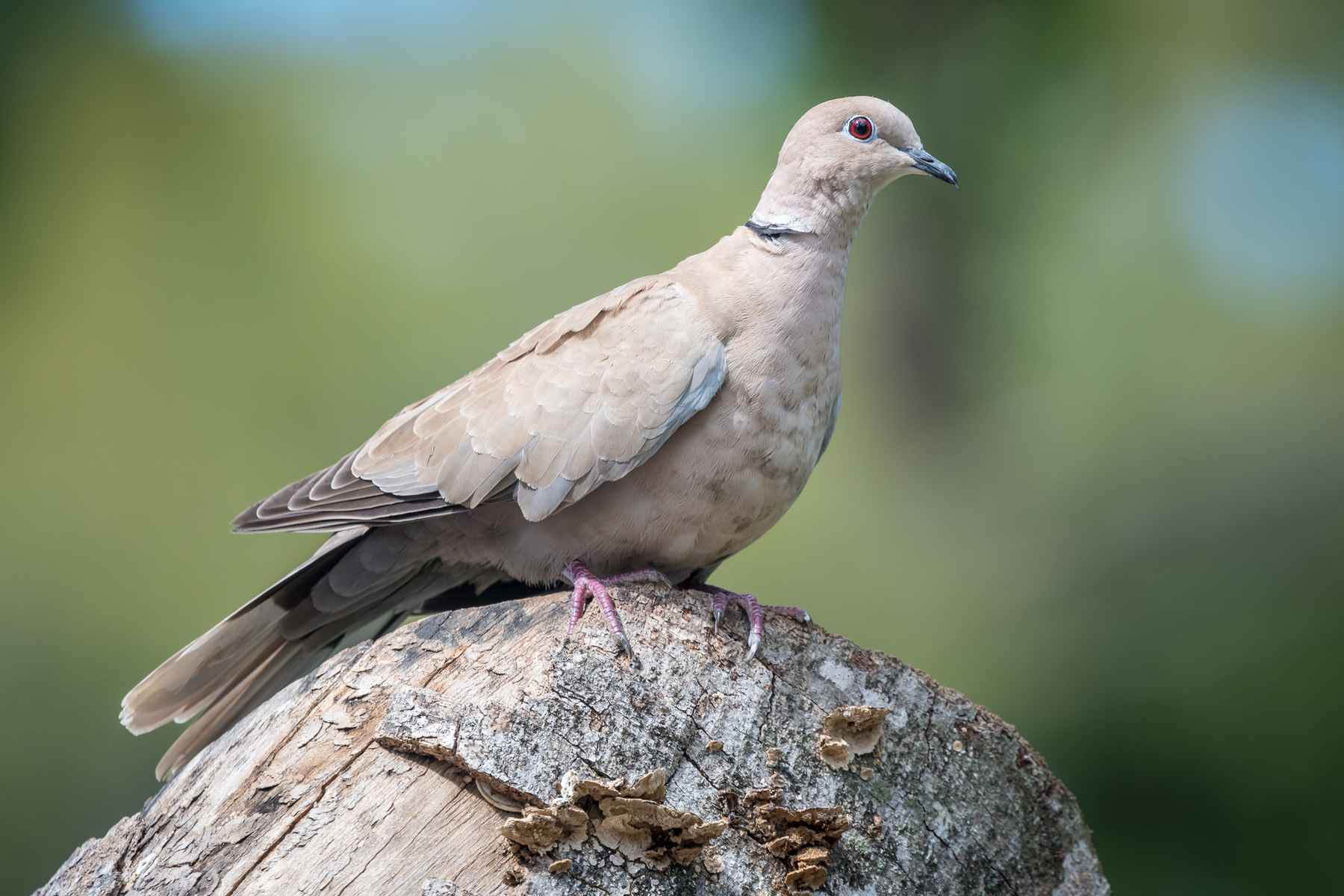
The Greater Roadrunner, designated as New Mexico’s official state bird in 1949, is a remarkable and iconic species that epitomizes the unique desert ecosystem of the region. With its distinct appearance, exceptional agility, and adaptability to arid environments, this bird symbolizes the state’s rich natural heritage.
Instantly recognizable with its long tail, shaggy crest, and mottled brown and white plumage, the Greater Roadrunner’s physical characteristics contribute to its charismatic allure. Its name reflects its impressive running speed of up to 20 miles per hour, showcasing its agility and swift movements.
Residing predominantly in desert landscapes such as grasslands, scrublands, and arid regions, the Greater Roadrunner demonstrates remarkable resilience and resourcefulness in finding sustenance and shelter. As an omnivorous species, it displays a diverse dietary preference, hunting insects, lizards, snakes, rodents, and consuming fruits and seeds. Its exceptional hunting skills and keen sense of sight make it a vital predator in maintaining ecological balance.
Beyond its physical attributes and dietary habits, the Greater Roadrunner is renowned for captivating courtship rituals and vocalizations. During mating season, its distinctive “coo-coo-coo” sound resonates across the desert landscape, accompanied by fascinating behaviors that enhance its chances of successful reproduction.
The selection of the Greater Roadrunner as New Mexico’s state bird reflects its significance as a representative of the state’s unique desert ecosystem. It serves as a reminder of the region’s natural diversity, resilience, and the importance of conservation efforts to protect its delicate balance.
In conclusion, the Greater Roadrunner stands as an emblematic species, embodying the spirit of New Mexico’s desert landscapes. Its distinctive appearance, exceptional agility, and adaptability to arid environments make it a treasured symbol of the state’s natural heritage. Understanding and appreciating the Greater Roadrunner’s role in the ecosystem encourages us to preserve and protect the delicate balance of New Mexico’s unique desert ecosystem for future generations to admire and cherish.
Frequently Asked Questions
What is the New Mexico state bird?
The New Mexico state bird is the Greater Roadrunner (Geococcyx californianus), a medium-sized bird known for its distinctive appearance and remarkable running abilities.
When was the Greater Roadrunner designated as the state bird of New Mexico?
The Greater Roadrunner was designated as the state bird of New Mexico in 1949.
Why was the Greater Roadrunner chosen as the state bird of New Mexico?
The Greater Roadrunner was chosen as the state bird of New Mexico due to its unique appearance, behavior, and association with the state’s desert landscapes. It symbolizes the spirit of the southwestern United States and its diverse wildlife.
What is the habitat of the Greater Roadrunner?
The Greater Roadrunner thrives in arid and desert habitats, including desert scrublands, arid grasslands, and open woodlands. It has also adapted to urban environments and can be found in parks and suburban neighborhoods.
What are the threats to the Greater Roadrunner and its conservation status?
The Greater Roadrunner faces threats such as habitat loss, road mortality, climate change, and predation. However, conservation efforts, including habitat preservation, public awareness campaigns, and research and monitoring, are being implemented to ensure its long-term survival and conservation.

Leave a Reply